Gilded brass frame. Guard with four branches, a main and secondary branches. The main branch is attached to the cap by means of a hook, it bears no decoration. The three secondary branches are decorated in relief with laurel leaves, each of them originates, at the bottom, under an acanthus leaf and a cinquefoil, all three disappear at the top under an acanthus leaf emerging from a peduncle. The decorations are molded with the guard, their quality is very careful, entirely chiselled. Guard with protruding edges, and quillon in the shape of a fleur-de-lys. Wooden handle covered with distressed calfskin and a gilded copper filigree. Oval-headed cap, decorated in relief with the initials of the Count of Artois “A.T”. They are surrounded by two laurel branches and two small cinquefoils. The skull head measures 43mm high by 32mm wide. Total height 148 mm.
Blade with hollow sides and gutter. The heel is gold and engraved on the side “Coulaux Frère”, and on the other side “Manufre Royale De Klingenthal”. This blade is one-third blued and richly engraved and gilded on the face with the motto “GARDES / DU / CORPS / DE / MONSIEUR”, framed at the top and bottom with a fleur-de-lys, as well as a trophy near the heel; the back side is decorated with the arms of Monsieur surmounted by a radiant sun and a trophy near the heel. The back and the edge are bordered with golden sticks. The blade length is 940 mm; at the heel the width is 31 mm, and at the back 10 mm (dimensions strictly identical to the officer's sabers from the Army Museum and the Saint-Rémy Museum).
Sheet steel sheath, with a total length of approximately 940 mm, and 41 mm wide near the bowl. Steel bowl. Gold-plated brass piton bracelets and rings. The bracelets are always decorated in relief with laurel branches with a cinquefoil in the middle. They are bordered by a small protruding molding, and measure 16 mm high. Steel dart in the shape of a large ovoid button.
France..
Restoration period (1814-1826).
Very good state of conservation, some usual oxidation on the blade and on the scabbard.
NOTE :
Officers' weapons are never registered, and the scabbards do not bear any markings. They are very rare, to date we have listed only two in public collections and around 4 in private collections.
There are three variations of engraving on the blades of officer weapons. First, the engraving present on this weapon which is identical to the engraving of the blades of troop sabers in terms of its text but much more luxurious in terms of its decorations. Two officer's sabers preserved: the first at the Army Museum in Paris ("Ad 51" inventory coming from the former collection of the Prince of Moscow, given to the museum in June 1929); and at the Saint-Rémy Museum in Reims (former collection of Doctor Yvan Hutin in Épinal) for the second are engraved “VIVE / LE / ROI”; the third variant bears a blade engraved “OFFICER / DES / GARDES / DU / CORPS / DE / MONSIEUR”, the latter is listed as having one copy to date kept in a private collection.
HISTORY:
Created on November 17, 1773, two companies of guards were attached to the protection of the grandson of Louis XV, the Count of Artois. They took the name “Gardes-du-Corps de Monsieur le Comte d’Artois”. Although the Count of Artois emigrated in 1789, the two companies were not suppressed until 1791, following the flight to Varennes. They will be reborn in 1814.
In 1814, the Count of Provence became Louis XVIII, King of France, the Count of Artois took the title of “Monsieur”. By order of July 25, Mr. from his brother, Sir, receive the organization suitable for the service for which they are intended, ordered and orders the following..."
Command of the companies is entrusted to Count François d’Escars and Count de Puységur. The two companies have a common staff and each of them is made up of: 10 senior officers, 19 lower officers, 150 guards, 4 trumpets and 1 picker. This workforce could be reinforced by 4 senior officers, 50 guards, called “supernumerary”, without salary. On January 6, 1815, the number of trumpets per company was increased to 6. On February 17, 1815, the theoretical strength of each company was increased by: 4 senior officers (including 2 supernumerary), 7 lower officers and 50 guards. However, these figures were never reached since, in 1815, the nominal records of the corps indicate: 10 officers on the staff; to Escart's company: 14 senior officers, 13 lower officers, 86 guards, 2 trumpets and 14 supernumerary guards; to the Puysegur company: 15 senior officers, 29 lower officers, 81 guards, 2 trumpets and 15 supernumerary guards!
If a large part of the men of this corps are quartered at the Hôtel de Sens n° 136 rue de Grenelle, the entire company is distributed in private mansions located rue de Grenelle, rue du bac, rue saint-Dominique, rue de Burgundy, rue de la Comète and rue de l’Eglise.
During the hundred days, part of Monsieur's Bodyguards went to Ghent, in Belgium, and was stationed in Aalst.
In September 1815, the authorities decided to suppress the red companies as well as the two companies of Gardes-du-Corps de Monsieur, however this decision was canceled at the end of the year (October 17 and December 25) while reducing the workforce. from each company to: 79 officers and guards. The service of the companies showing that this number was too few, over the next six months it was increased and by June 1816 the full complement was to be 129 officers and guards. By order dated April 21, 1819, the two companies were united into a single corps, 267 men strong.
During the Spanish campaign in 1823, only a war detachment composed of 89 men was mobilized.
The death of Louis XVIII, on September 16, 1824, gave the throne to Monsieur with the name of Charles -Body, of the King on May 24, 1826.
The very calm end of Monsieur’s Gardes-du-Corps reflects their existence during ten years of service in the 19th century. We are not aware, in the archives, of the dismissal reports, nor of documents indicating the fate of the weapons, uniforms and equipment of the two companies. However, we can assume that Monsieur's Bodyguards had the right to keep their weapons and perhaps part of their equipment, but that the uniform had to be returned to the administration and probably renegotiated with the suppliers in a subsequent market. This is the hypothesis that would allow us to understand why, today, sabers still exist in fairly large numbers, compared to helmets of which we only know a few examples...









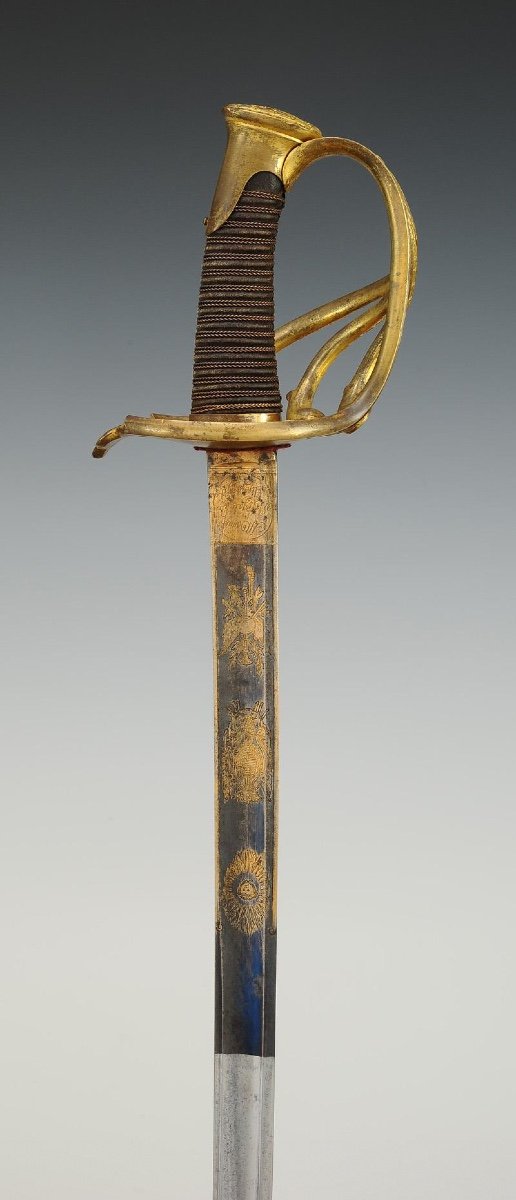
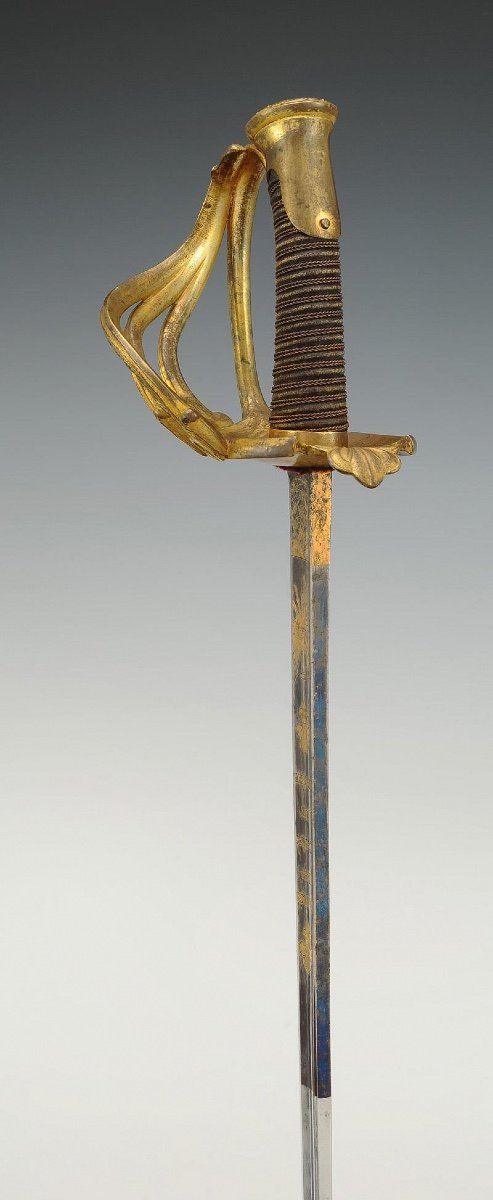

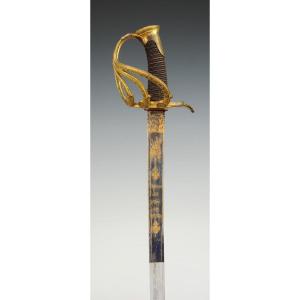












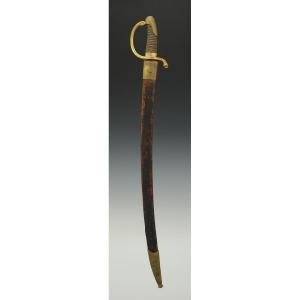


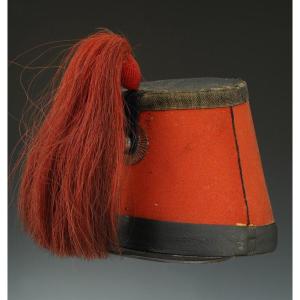

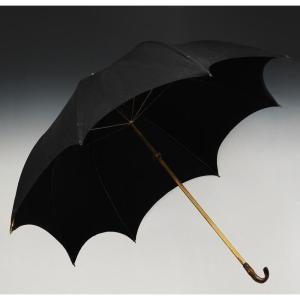


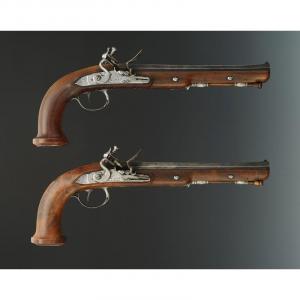
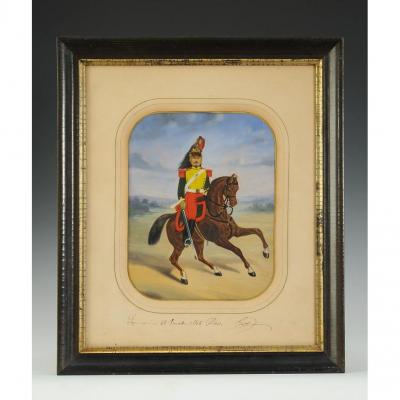


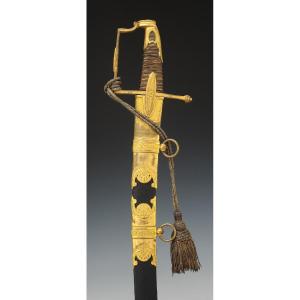
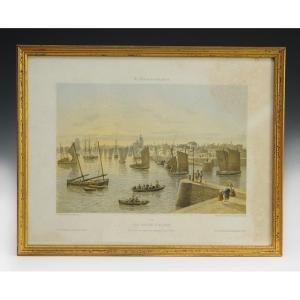



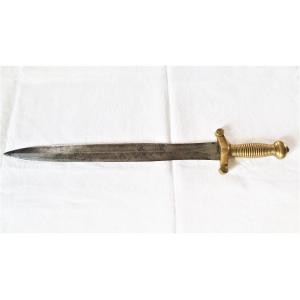
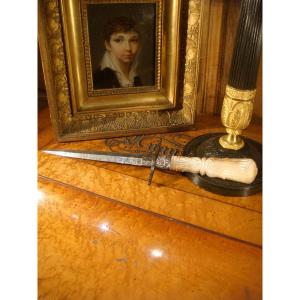



 Le Magazine de PROANTIC
Le Magazine de PROANTIC TRÉSORS Magazine
TRÉSORS Magazine Rivista Artiquariato
Rivista Artiquariato